What is Jelly Roll Botox? A Guide for Aesthetic Practitioners
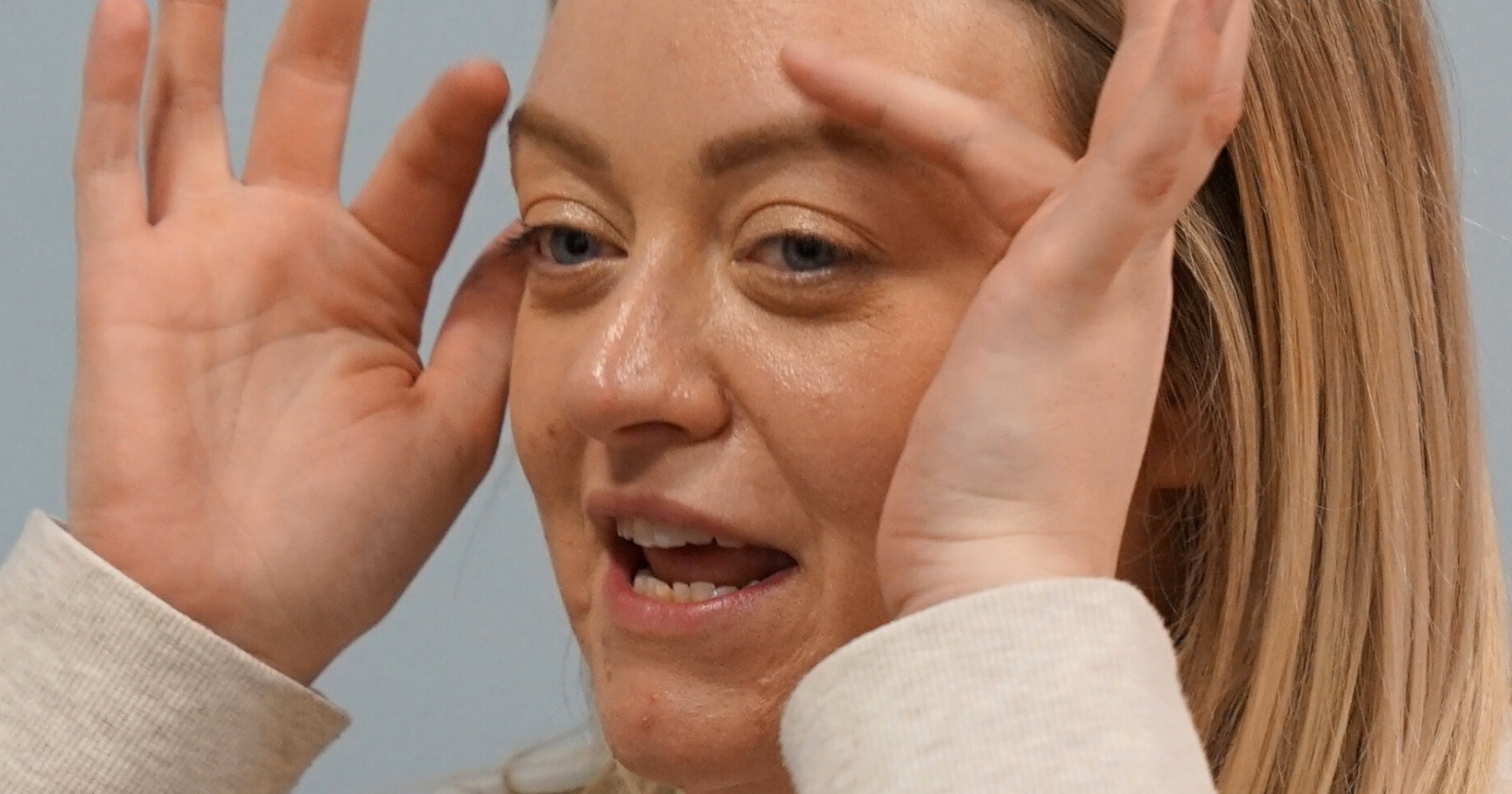
You may have come across the term ‘Jelly Roll Botox’ either in the media or through patient requests. But what is this toxin treatment and how do you administer it? Is it safe and what type of botox training do you need to offer this?
In this article, we answer all these questions and more.
Read on to explore the pros and cons of jelly roll botox for your patients, common mistakes with this treatment, and the anatomical risk factors involved.

What is jelly roll botox?
'Jelly roll botox’ refers to the use of botulinum toxin in the under eye, lower eyelid area, often known as the ‘jelly roll’.
This term specifically refers to the hyperactivity of the obicularis oculi muscle in the under eye area just beneath the lower eye lid. When the muscle here is very active it the skin up creating a “roll” of skin.
Botox treatments in this area, whilst still far less popular than the traditional upper face ‘3 areas’, are growing in demand. This is because it offers a very select group of patients an effective option for treating an issue that typically requires more invasive surgical procedures.
By strategically injecting toxin into the lower eyelid area the jelly roll can be minimised or softened. However, it’s important to assess whether this presentation is due to muscle activity, fluid or fat accumulation. Jelly roll botox is only suitable in the first case; herniated fat, excess skin and festoons will require surgical intervention.
Jelly roll botox appears to be much more commonplace in the United States of America. Thanks to social media content about it from across the pond, it’s spread to a wider, global audience. This is still something of a fringe botox treatment in the UK, but it's certainly worth educating yourself about.
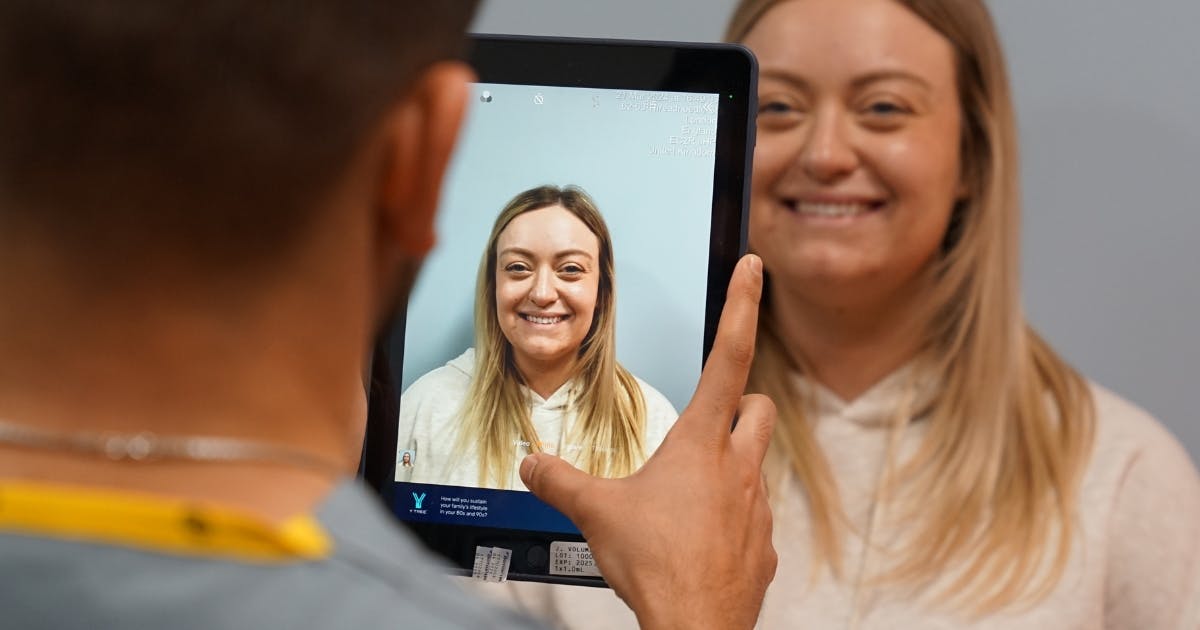
Why do patients like jelly roll botox?
There are a number of pros and cons to this periocular treatment. For clarity, this is not something we teach at Harley Academy nor offer at The Academy Clinic.
First, let’s look at the ‘pros’ of why it appeals to patients.
- Non-surgical: Jelly roll botox provides a relatively simple solution for younger patients who are concerned about bunching up of skin under their eyes but wish to avoid blepharoplasty or other surgical interventions
- Quick with minimal downtime: Unlike surgical procedures botox injections are quick, typically taking no more than 30 minutes, and involve little to no downtime
- Subtle: Results are very subtle. This is appealing to patients who want a more refreshed, youthful look without any drastic change to their appearance
- Temporary: Patients often appreciate that botox results are temporary. This offers them the flexibility to decide whether they want to maintain or modify the treatment. It’s also less of a commitment for patients who aren't sure if they’ll like the results. Jelly roll botox results tend to last around 3 to 4 months
- Price: Compared to surgical procedures, jelly roll botox is a far more affordable treatment option.
Cons of this treatment:
Some of the reasons listed as ‘pros’ of jelly roll botox can also be seen as ‘cons’:
- Subtle: This treatment works best on patients whose jelly roll is primarily caused by muscle activity. For those with fat herniation or skin laxity, botox may not provide improvement and may actually worsen appearance . Following assessment, be clear about the limitations of what can be achieved non-surgically to manage your patients’ expectations
- Temporary: If patients are looking for a more drastic, longer term improvement to their under eye presentation, they may be better off seeking a surgical remedy. The temporary nature of toxin treatments may be mismatched to their goals
- Cost: Although jelly roll botox is a significantly more affordable treatment than surgical options, regular treatments are required for upkeep. This can be off-putting for patients who may prefer a ‘one and done’ solution
- High-risk zone: A ‘con’ from a practitioner’s perspective can be that treating the lower eyelid is a more advanced botox treatment. Although it can be technically challenging as the injection points are close to the eye and often only very small amounts of botox are injected, the hardest part is patient selection. It’s only appropriate for younger patients with true obicularis occuli hyperactivity. If treating a patient with periorbital oedema, fat pad herniation or skin laxity you can worsen the patient’s presenting complaint
- Insurance coverage: Practical aesthetics training for jelly roll botox can be hard to come by. Often, your insurance provider will require you to have undertaken a botox course that covers the treatment you’re seeking to offer. Always check the terms of your coverage before adding new treatments to your menu to ensure you’re properly protected.
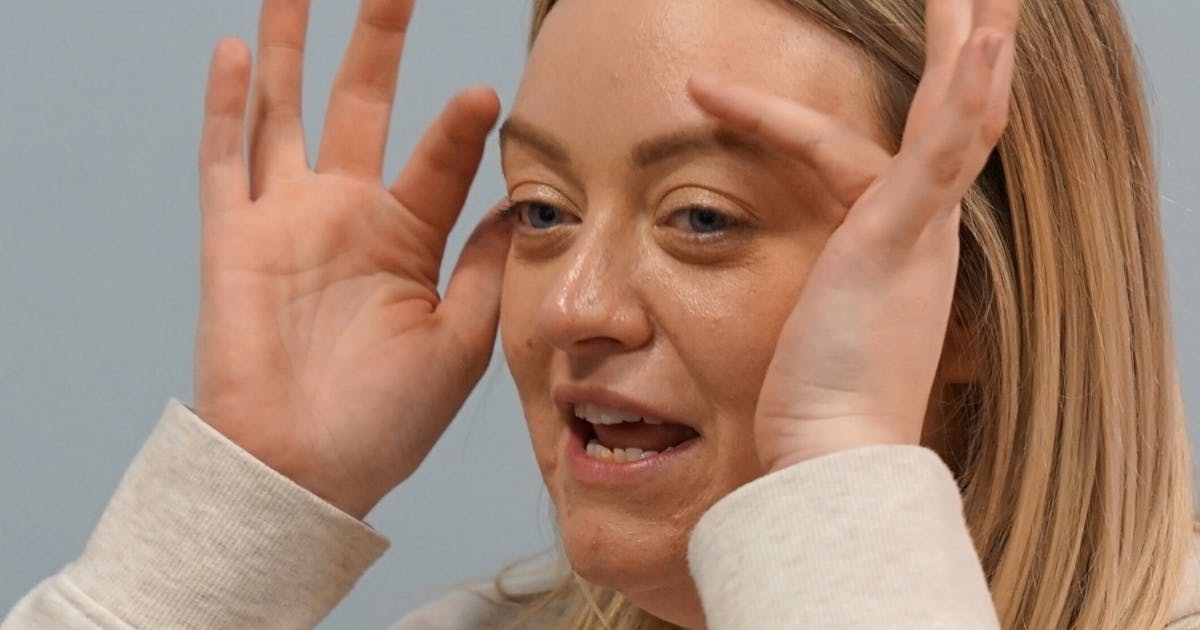
How to administer jelly roll botox injections
For this treatment, the injection points are located around the lower eyelid and the infraorbital region.
The exact injection points will vary depending on where you can see the obicularis oculi is most active but will typically be in both the palpebral and orbital part of the muscle.
Jelly roll botox injection techniques:
- Superficial injections: The injections should be superficial, placed just under the skin, to target the overactive muscles responsible for creating the appearance of the jelly roll. Injecting too deeply may lead to an increased risk of complications and unintended diffusion of the toxin
- Small doses: In the sensitive under eye area we always want to be using the lowest dose possible to achieve the desired results. Using too much risks impairing lymphatic drainage around the eye and even ectropion.
Provide your patient with appropriate aftercare advice and, with the location of these injection sites in mind, specific reminders about cleaning their glasses or sunglasses are worthwhile.
Common practitioner mistakes and how to avoid them
Although jelly roll botox is generally considered to be a safe and effective treatment when administered correctly, there are several common mistakes that injectors should avoid:
- Injecting too deeply: This may lead to unintended toxin diffusion and a less effective result. It can also increase the risk of complications, such as lid ptosis or undesired muscle weakness in the surrounding areas
- Over-injecting: Administering too much toxin can cause an unnatural appearance. Particularly when it prevents the patient smiling with their eyes in a typical Duchenne smile.
- Inadequate assessment: Failing to assess the patient’s anatomy properly before treatment can lead to suboptimal results. For example, if the jelly roll is due to fat herniation rather than muscle activity, botox may not be the most effective solution
- Not customising treatment: Failing to tailor the treatment to the individual’s unique facial structure can result in less-than-ideal outcomes. A one-size-fits-all approach is not advisable, and injectors should always adjust their technique based on the patient’s needs. This is true of all injectable treatments, not just this one.
Anatomical risk factors and potential complications
The under-eye region, where the jelly roll is located, is particularly delicate. There are also several anatomical risk factors in this zone that aesthetic practitioners must be aware of for complications prevention:
- Thin skin: The skin around the eyes is very thin so to do a superficial injection you will need to be more superficial than you would elsewhere on the face
- Eyelid ectropion: If Botox is injected too close to the eyelid it can cause eyelid ectropion. This drooping is a serious concern that can affect the patient’s vision
- Muscle migration: Injections placed too superficially or too far from the target area may result in toxin migrating to unintended muscles. This can result in asymmetry or abnormal facial expressions. An example of this would be injecting lower down on the cheek where you may accidentally relax the zygomaticus muscles causing smile asymmetry.
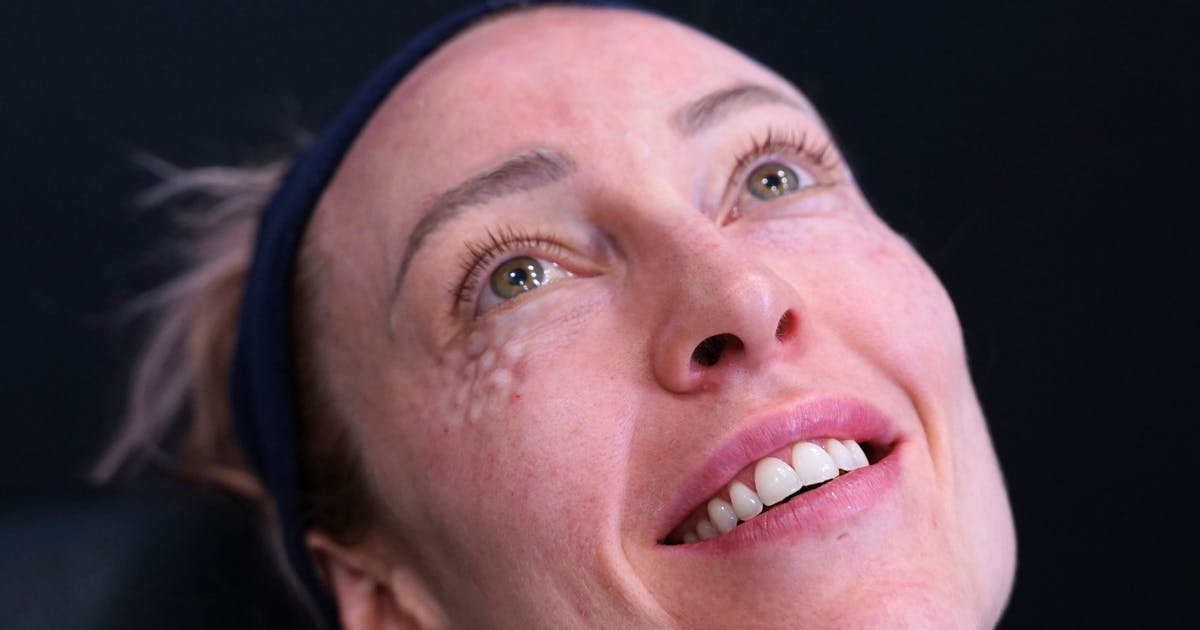
How can you treat the jelly roll without botox?
Given this is an advanced botox treatment, you may wish to explore other aesthetic treatments that may help to improve the appearance of this region.
You’ll need to be very clear with your patient as to what signs you’re addressing; if it’s the fatty deposits, these won’t be helped by non-surgical cosmetic interventions. However, if it’s the fine lines and skin crepiness that tends to accompany the jelly roll, then there’s a wealth of options!
The following treatments are some of those worth considering individually or as part of a multi-modal treatment plan to address this periocular region:
- Polynucleotides: This gentle yet effective injectable can be used to stimulate collagen production and address fine lines and crepey skin in the periorbital region, including the eyelids (post-treatment image shown above)
- Microneedling: By using a shorter needle depth than you’d typically employ for the rest of the face, around 0.5 mm to 1.0 mm, you can offer microneedling around the eyes to stimulate collagen and elastin production
- Topical retinoid use: Many aesthetic concerns can be improved through a bespoke, at-home skincare routine comprising a suitable retinol product. In this instance, a retinol designed for the periorbital area can be a powerful non-invasive tool in combating fine lines. These treatments can be drying, however, so are best used as part of a tailored programme. Consider adding in peptides, vitamin C, and hyaluronic acid for a brighter, more hydrated and nourished under eye region.
All of these, including understanding skincare ingredients and learning how to plan a bespoke routine for your patients, are covered in our Cosmetic Dermatology Course.
You’ll learn the difference between retinol, retinoids and retinoic acid; how to tackle common cosmetic skin concerns, including fine lines, hyperpigmentation and acne, as well as gaining valuable ‘best practice’ skills in administering chemical peels, microneedling treatments, skin boosters and polynucleotides.
Whether they take this detailed skin course as a standalone or as part of our Level 7+ programme, where it’s combined with our Ofqual-regulated Level 7 Diploma in Cosmetic Injectables, our Cosmetic Dermatology Course is something we always get fantastic feedback on. Not only do you learn how to help your patients to achieve their skin goals – which is a great way to boost your revenue and patient referrals - but you can also apply the teachings to your own skincare routine!
Should you offer jelly roll botox at your aesthetic practice?
First, let's preface this by saying that this is not a treatment we recommend providing. But it's entirely up to you whether you believe it's worthwhile for your patients.
If you’re a new injector who has achieved certification in aesthetic medicine by completing, for example, a foundation level botox course, we do not advise offering jelly roll botox.
This treatment is considered an advanced treatment so is best left to more experienced clinicians.
If you’re a confident, experienced botox practitioner, it’s certainly something you could consider adding to your treatment menu. However, you’ll require training in this treatment first. You’ll also need to ensure you have the appropriate insurance cover and meet the requisite terms and conditions.
Even if you’re covered for cosmetic botox treatments, your insurance may not extend to this indication unless you meet specific criteria. These often include having completed practical training in the treatment you wish to offer.
As we mentioned previously, it’s crucial that you always check your policy, or with your insurer directly, if you are covered for any new treatment you wish to introduce and if there are any stipulations on this coverage. In some cases, hands-on, practical aesthetics training in that treatment for the specific indication being treated will be required. In others, completing a theory course covering it will be sufficient.
At present, Harley Academy does not offer jelly roll botox training. However, we are developing an Advanced Botox Course. For more details when this is ready for launch, register for our waiting list.
All information correct at time of publication
Download our full prospectus
Browse all our injectables, dermal fillers and cosmetic dermatology courses in one document
By submitting this form, you agree to receive marketing about our products, events, promotions and exclusive content. Consent is not a condition of purchase, and no purchase is necessary. Message frequency varies. View our Privacy Policy and Terms & Conditions
Attend our FREE open evening
If you're not sure which course is right for you, let us help
Join us online or in-person at our free open evening to learn more
Our Partners
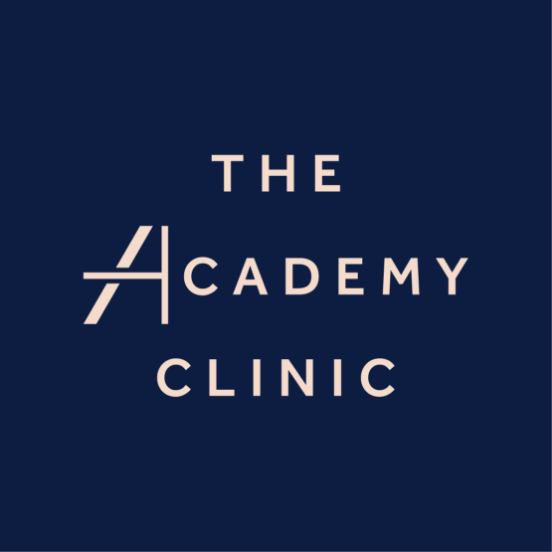

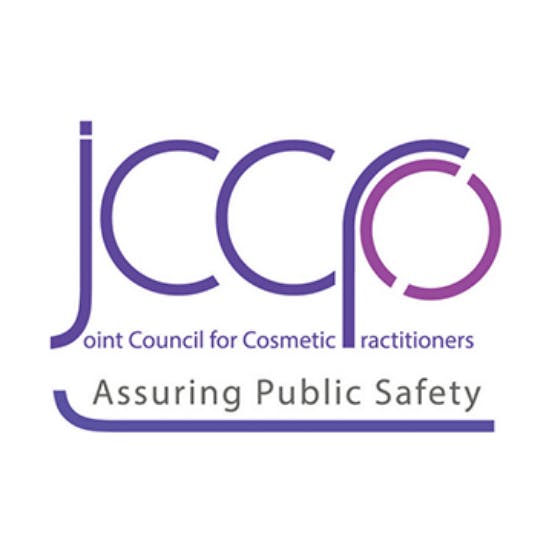

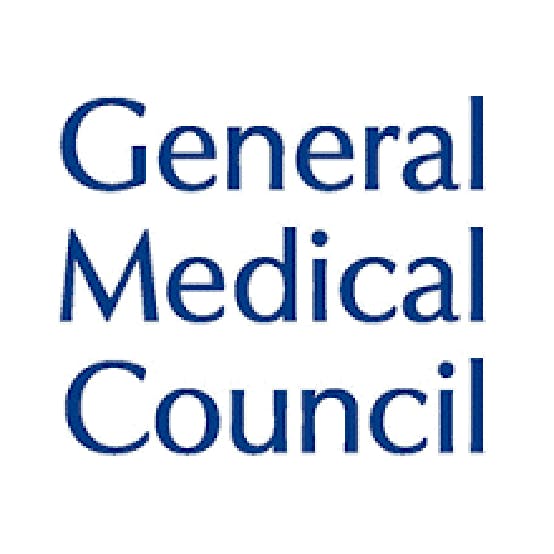


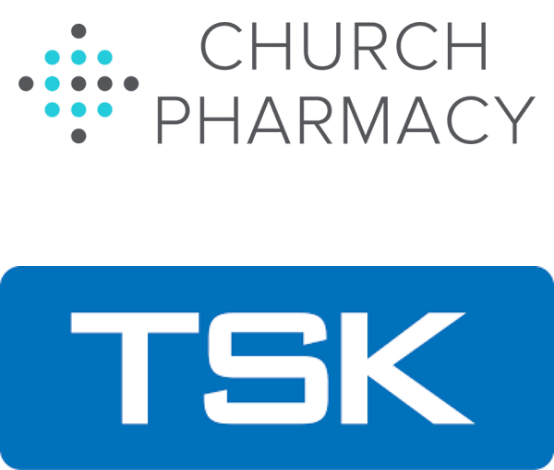
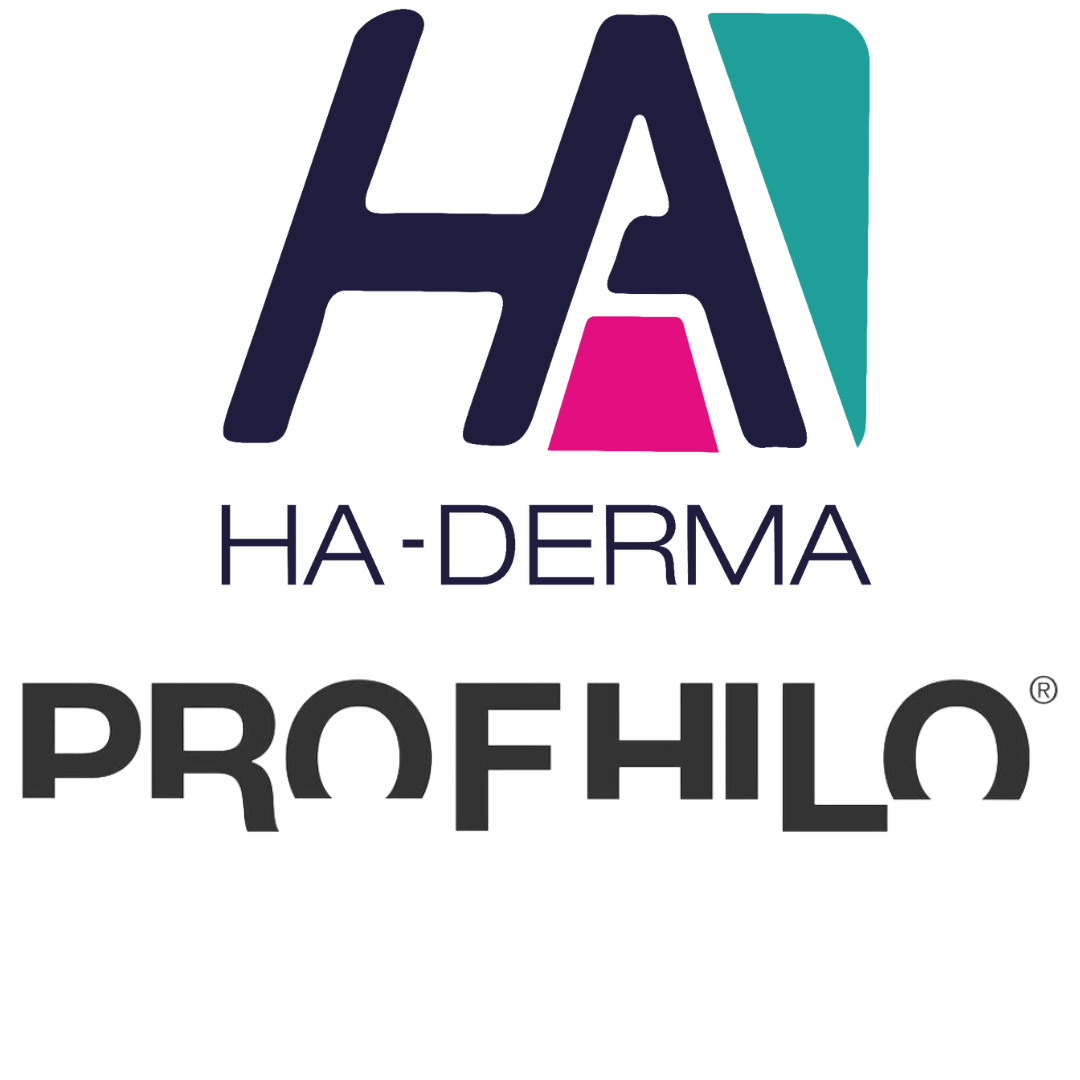
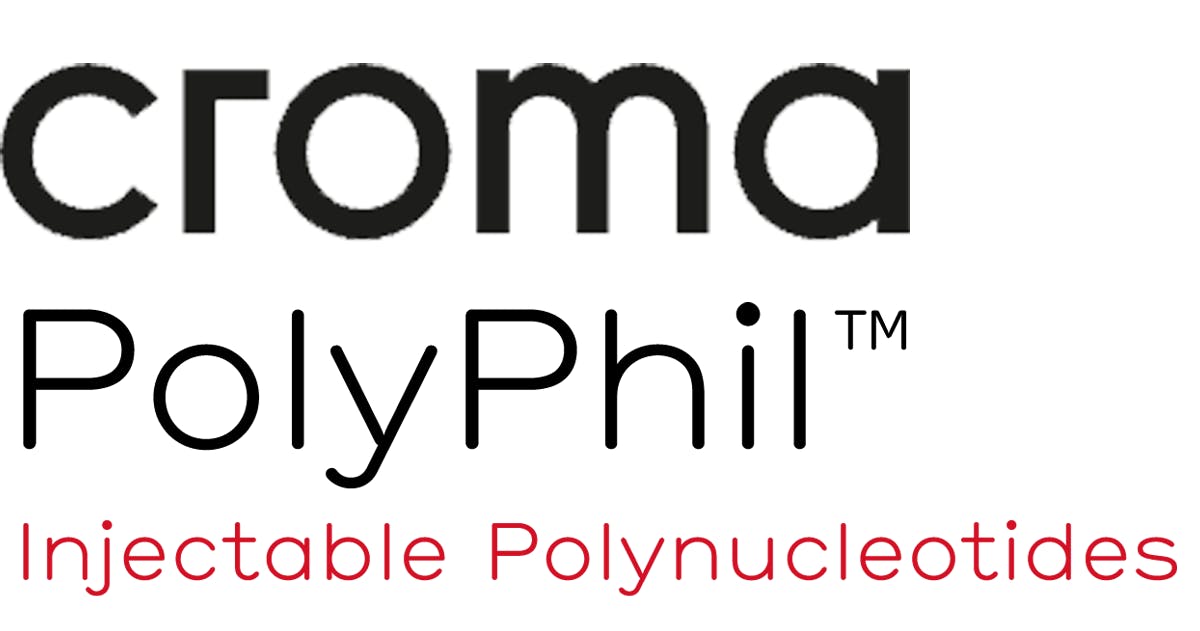
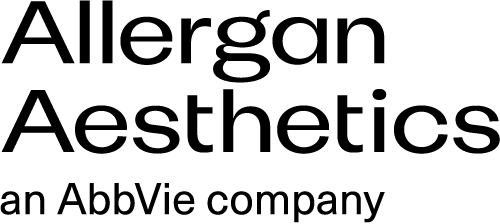



STAY INFORMED
Sign up to receive industry news, careers advice, special offers and information on Harley Academy courses and services

